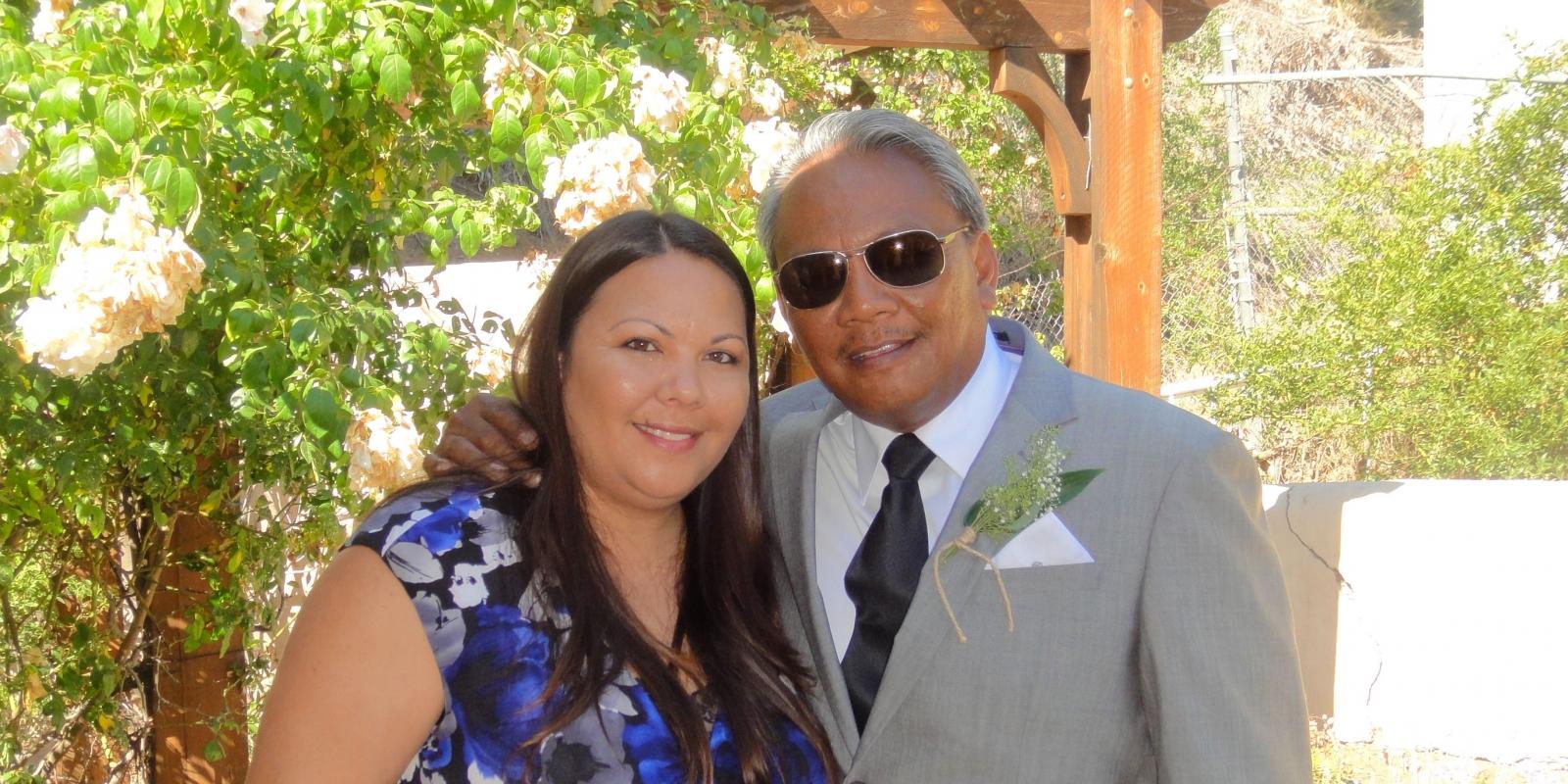Editor’s Note: The John A. Hartford Foundation is collaborating with ASA to advance equity in aging by supporting ASA RISE, a 20-week social justice and leadership program for rising leaders of color in aging, and via the development and dissemination of equity-related, partnership-based thought leadership through ASA’s Generations platform. This blog post from an ASA RISE Fellow is the 12th in that series.
At our first ASA RISE session, we were given an invitation to sit with a metaphor that went like this:
Looking in a mirror—[provides] insight into myself, my beliefs, identity, experiences, strengths and fears;
… and looking out of a window—[gives a person] eyesight into my context, my clients, family, colleagues, agencies, organization and community.
This was a defining moment for me, and the first time I felt comfortable being referred to as a “person of color.”
I grew up in San Diego, a diverse border-city that blends multiple cultures. As someone who is mixed-race, I was blind to many of the biases other people experience. My physical appearance was not strongly linked to my racial identity.
People often asked, “What are you?” which likely came out of curiosity, but I found it offensive. Why does it matter what I am? I thought. Shouldn’t it be more important to ask who I am?
I was never comfortable saying I was multiracial. I usually answered, “I’m American,” not fully understanding that race and ethnicity were not where you were born. I didn’t look White, but I didn’t feel Filipino. I did feel constant pressure to choose one, to check one box or the other, as if that somehow solidified my identity. Even the Census Bureau didn’t start allowing people to choose more than one racial category until 2000.
My perspective on cultural identity began to shift in 2019 when, unexpectedly, I lost my father. Prior to his celebration of life, I had never been in a room with so many Filipinos. I talked to people who shared that my dad gave them their first job when they immigrated to the United States. In story after story, I realized that my dad had a connection to his homeland in the Philippines he never shared with me or my sisters, maybe because we never asked. I felt ashamed that I hadn’t taken the time to embrace any part of my own Filipino culture, which I came to realize was filled with a richness I had never appreciated growing up.
‘I realized my dad had a connection to his homeland in the Philippines that he never shared with me or my sisters, maybe because we never asked.’
At the same time, there was a societal shift after George Floyd’s murder, with more commitment to diversity, equity and inclusion (DEI). It became common for workplaces to institute DEI training and initiatives. I took it as an opportunity to see past my own unconscious bias about race, ethnicity, gender and ideologies. I was ready to admit that my own assumptions led to wrong conclusions about identity and belonging.
During my first week working at The SCAN Foundation, our CEO Dr. Sarita Mohanty openly shared how she was judged as a young girl by her own Indian community. Hearing her story and finding similarities to my own experiences helped me to understand that each person has a unique opportunity to teach others through their own vulnerability.
Similarly, being part of the ASA RISE cohort, known as “The Disruptors,” has impacted how I see myself as a diverse leader in aging. I became comfortable talking about difficult topics. I listened to different viewpoints and learned that discomfort is where real growth takes place.
One of the most impactful parts of being an ASA RISE fellow was learning about brave space. I was familiar with the concept of safe space, but brave space acknowledges there may be some discomfort due to discussing topics that are uncomfortable in nature. This process inherently improves intentionality toward diversity and social justice. However, sometimes I felt like I had Racial Imposter Syndrome because I did not share the same discriminatory experiences as others. Being mistaken for my grandma’s caretaker rather than her granddaughter on numerous occasions because she was White is uncomfortable, but it doesn’t give me the lens to truly understand those who are the target of discrimination.
I reflected on hearing my father talk about how many times he was passed up for a promotion for someone less qualified, and in every instance, it was to a White individual. I can’t be certain he was discriminated against, but it makes me think about the bias we all carry, and what I can do as a leader to overcome such bias, especially unconscious and implicit stereotypes, and to lead with empathy.
In addition to learning from my fellow Disruptors, I was paired with a mentor, Dr. John Feather, past chair of ASA’s board of directors, winner of the ASA Award and one of Next Avenue’s 50 Influencers in Aging, who has challenged me to step outside my comfort zone, enabling my growth both personally and professionally. His knowledge and expertise helped me to become more confident as a diverse leader by helping me understand that I have a unique perspective to share.
Being an ASA RISE fellow has helped me to better understand inequities in aging. I gained a support system of peers who share my passion for improving the quality of life for older adults. I am grateful for the work we have done together and proud to serve as a diverse leader in aging.
Michelle Matter, EdD, MBA, MAG, is a senior policy analyst at The SCAN Foundation in Long Beach.
Photo caption: Michelle Matter with her father, Daniel Pansoy.
Photo credit: Courtesy Michelle Matter













